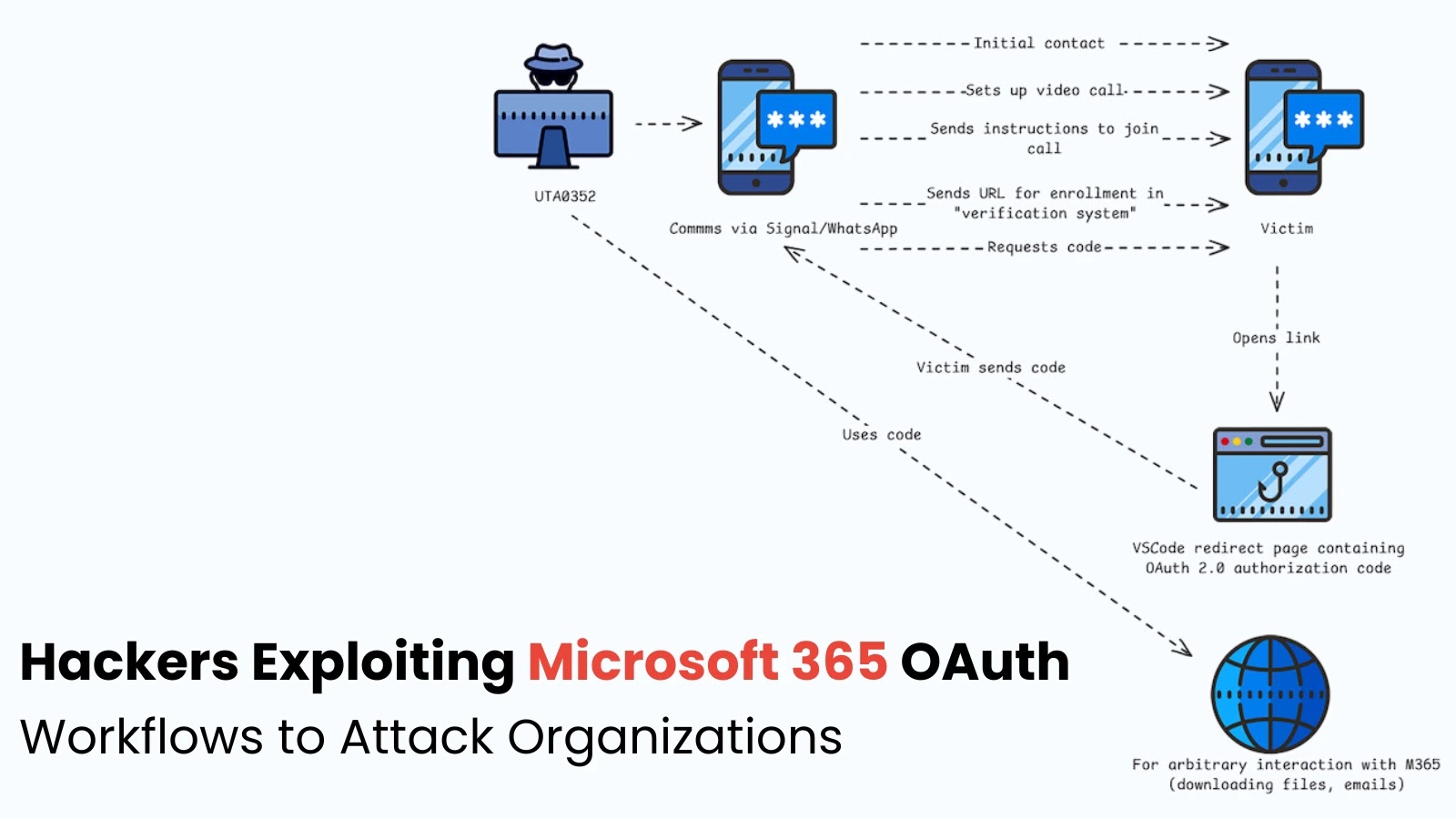In recent developments, the cybersecurity community has been alerted to a sophisticated malware campaign known as GlassWorm. This self-propagating threat specifically targets Visual Studio (VS) Code extensions available on the OpenVSX Marketplace, marking a significant escalation in supply chain attacks within developer ecosystems.
Scope and Impact
As of October 2025, GlassWorm has compromised over 35,800 installations, with numbers continuing to rise as malicious extensions remain active. The malware’s reach extends beyond mere credential theft, deeply infiltrating developer machines and posing substantial risks to both individual developers and organizations.
Discovery and Initial Indicators
The campaign came to light when researchers at Koi identified unusual behaviors in the CodeJoy extension following its 1.8.3 update. Despite passing initial code reviews, Koi’s risk assessment tools detected anomalous network activities and unauthorized credential access, prompting a deeper investigation.
Stealth Mechanism: Invisible Unicode Exploit
A particularly alarming aspect of GlassWorm is its use of invisible Unicode characters to conceal malicious code within JavaScript files. By embedding non-rendering Unicode codepoints, the malware effectively hides entire logic branches from visual inspection and standard static analysis tools. For example, a seemingly empty line in the compromised CodeJoy file actually contained functional malicious code, undetectable without specialized tools.
Operational Tactics and Propagation
GlassWorm operates by harvesting sensitive information from platforms such as npm, GitHub, and OpenVSX, as well as targeting numerous cryptocurrency wallet extensions. After extracting credentials, it uses them to hijack additional extensions, creating a self-sustaining propagation cycle. Compromised devices are then repurposed as proxy nodes or platforms for remote attacks, demonstrating the malware’s distributed and resilient nature.
Command-and-Control Infrastructure
The attackers have established a robust command-and-control (C2) infrastructure utilizing the Solana blockchain. This setup, combined with fallback mechanisms like Google Calendar events and direct IP endpoints, makes efforts to dismantle the operation exceedingly difficult. Encrypted communications within this framework allow for dynamic updates to the malware, enabling it to adapt swiftly and maintain persistence within infected networks.
Implications for Developers and Organizations
The emergence of GlassWorm underscores the critical need for enhanced vigilance in code review processes and supply chain security. Developers are urged to employ advanced inspection tools capable of detecting non-standard Unicode characters and to implement continuous integration processes that can identify such obfuscation techniques. Organizations should prioritize updating their security protocols to address these sophisticated evasion methods, ensuring the integrity of their development environments.
Conclusion
GlassWorm represents a significant evolution in malware tactics, leveraging invisible code to infiltrate and propagate through developer tools. This campaign highlights the importance of adopting comprehensive security measures and staying informed about emerging threats to protect the software supply chain from such insidious attacks.



